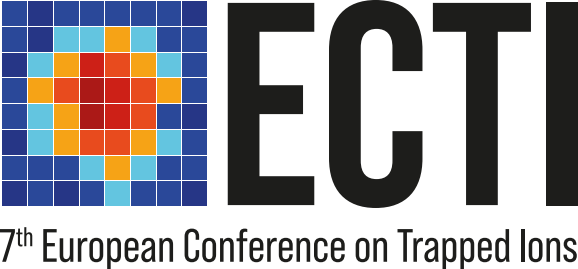Speaker
Description
In a special class of ion traps, referred as isochronous traps, stored ions make oscillations with their frequencies independent of orbital parameters such as injection energy, coordinates, and angles. A well-known example of an isochronous ion trap is an ion cyclotron resonance (ICR) cell that utilizes the property of a constant frequency of Larmor precession in a uniform magnetic field. The frequencies are nevertheless dependent on the ions’ mass-to-charge ratios (m/z) in a certain way, which allows precise ion mass measurements. However, generation of a strong magnetic field needs large and expensive superconductive magnets. As a response to this challenge, pure electrostatic isochronous ion traps may be adopted for mass spectrometry.
It is well known that an electrostatic field provides no stationary stable equilibrium for charged particles. Nevertheless, ions may be effectively confined in their motion. The idea of orbital charged particle confinement dates back to 1923 when Kingdon proposed trapping positive ions revolving around a negatively charged filament [1]. This approach was further developed by Knight [2] who proposed the quadro-logarithmic electrostatic field $$\varphi = const (z^2 - \frac{r^2}{2} + r_m^2 ln {\frac{r}{r_m}}),$$ generated by a negatively charged wire and a pair of positively charged conical caps. The Knight’s trap offered enhanced trapping time, and it was first reported that the harmonicity of oscillations along the axis $z$ might be employed to separate trapped ions by their mass-to-charge ratios.
The further advance required a drastic precision improvement of the quadro-logarithmic potential. The use of specially machined electrodes, whose shapes followed the equipotential lines, keeps the trapped ions coherent on millions of oscillations. A combination of induced-current detection and the Fourier transform signal processing generates precise mass spectra for any analyte ion mixture. The Orbitrap(tm) analyzer is now a heart of the whole family of mass-spectrometric equipment with the resolving power up to one million.
Despite of the micron-range manufacturing, an orbital ion trap is to be thoroughly balanced to compensate for the residual field perturbations. Our presentation describes challenges of the aberration corrections and fanciful space-charge effects.
[1] K.H. Kingdon, Phys. Rev. 21, p. 408 – 418 (1923)
[2] R.D. Knight, Appl. Phys. Lett. 38(4), p. 221-223 (1981)

